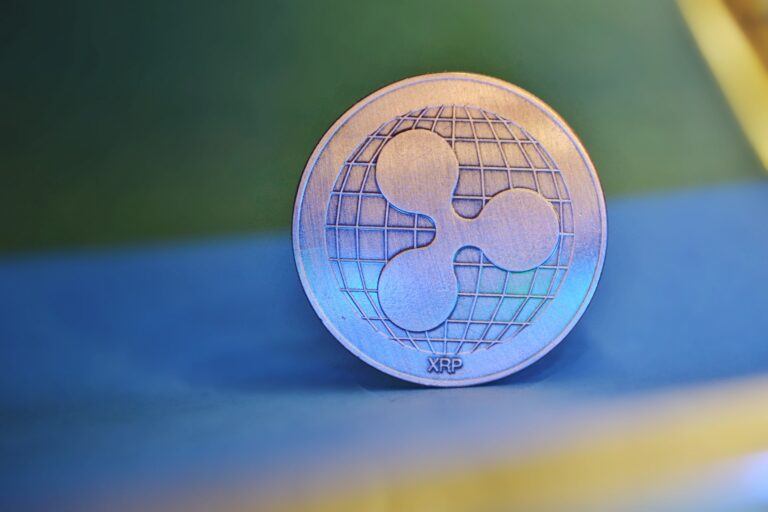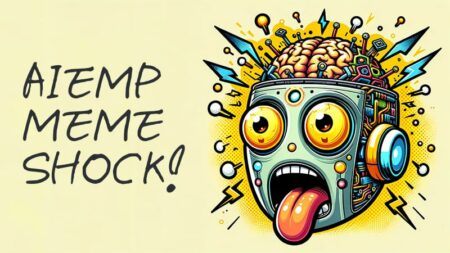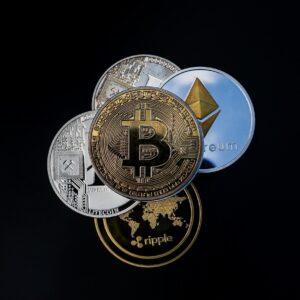Earlier today, Ben Armstrong, a prominent figure in the cryptocurrency world, shared a video update about the importance of XRP with his over 1.45 million YouTube channel subscribers.
Below is a breakdown of what Armstrong said about the XRP Ledger (XRPL) in this video:
Nature and Functionality of XRPL
The XRP Ledger is a public blockchain that supports the native cryptocurrency, XRP. It employs a federated consensus mechanism to validate transactions, setting it apart from other public blockchains.
Network Participants and Trust
Participants within the Ripple Network are known and trusted entities, fostering a secure environment. As of July 2023, the XRPL boasts over 150 validators. Of these, over 35 are part of the default unique node list (UNL), which comprises nodes that are trusted network participants.
Transaction Efficiency
XRPL is renowned for its speed and efficiency. XRP transactions on the XRPL are settled in approximately five seconds, incurring a negligible cost. The ledger is capable of handling 1,500 transactions per second, showcasing its scalability and performance.
Token Supply and Management
XRP, unlike many other cryptocurrencies, cannot be mined. The total supply is capped at 100 billion tokens. At its inception, the founders issued the entire supply. Ripple later transferred 55 billion of its 80 billion XRP tokens to a escrow account in 2017. This account can sell a maximum of 1 billion XRP per month, a move aimed at enhancing market transparency.
Community Engagement and Governance
The XRPL is maintained by a global community comprising a diverse group of developers, server operators, users, and businesses. Any significant changes that could impact transaction processing or consensus on the XRPL need to be approved by a supermajority, specifically at least 80% of the network. Ripple contributes to the network, but its rights and influence are equivalent to other contributors. The XRPL Foundation collaborates with community members to define a shared vision for the ledger’s future.
Diverse Use Cases and Projects
The XRPL is not limited to facilitating XRP transactions. It supports a range of functionalities, including governance, accounts, tokenization, decentralized finance (DeFi), and even the creation and management of NFTs (Non-Fungible Tokens). The ledger’s flexibility has spurred the development of various projects, such as Sologenic (a platform for tokenized assets), xSPECTAR (a metaverse project), and XPUNKS (which pioneers the concept of NFTs on the XRPL).
Decentralization and Community Ownership
Armstrong emphasized the essence of decentralization and community ownership in the crypto domain. He lauded the XRP Army for exemplifying these principles, particularly in their engagement with the XRPL.
As for XRP, Armstrong said that Judge Torres’ July 13th ruling means that XRP and Bitcoin are the only two digitals with regulatory clarity in the U.S.
Featured Image Credit: Photo / illustration by vjkombajn via Pixabay








